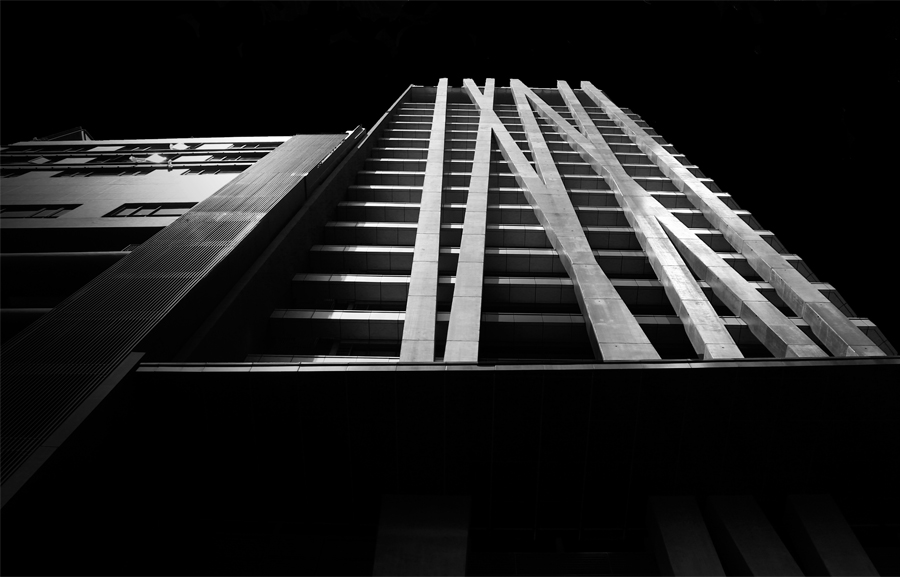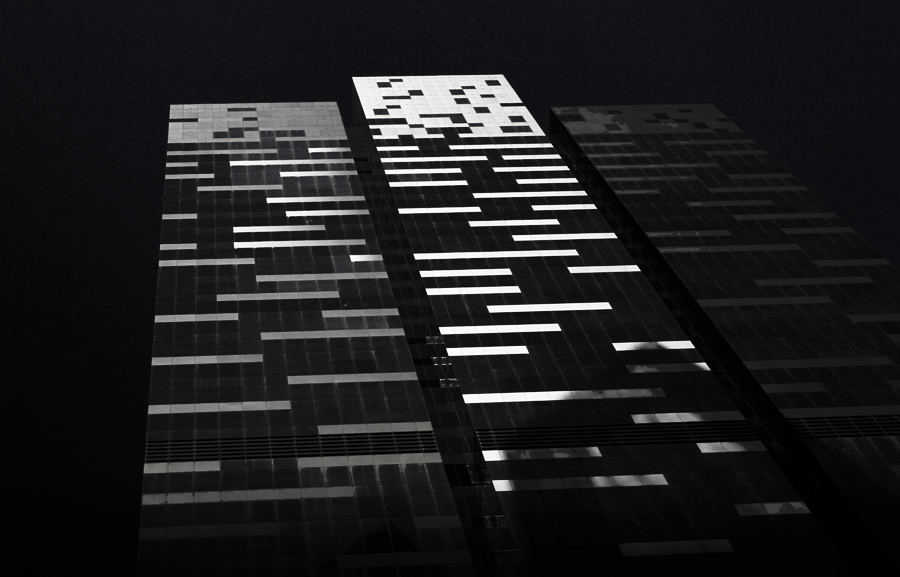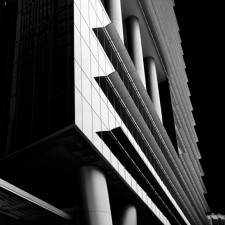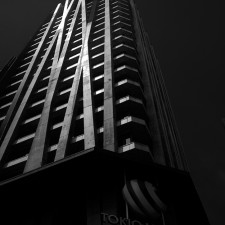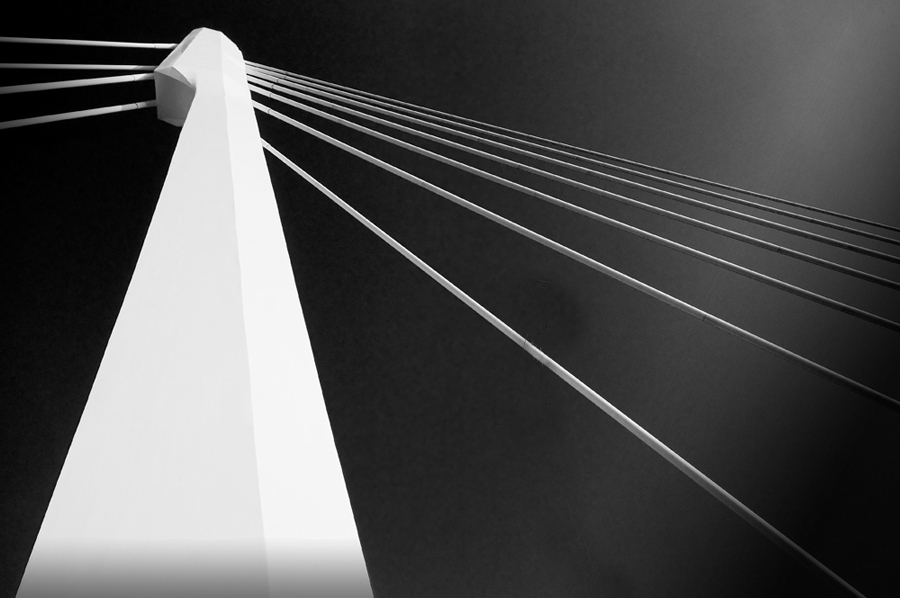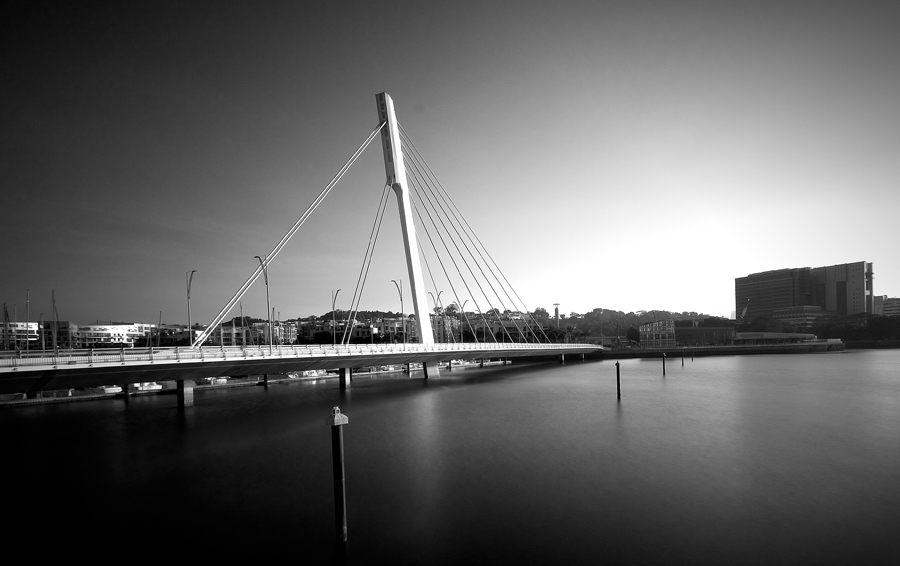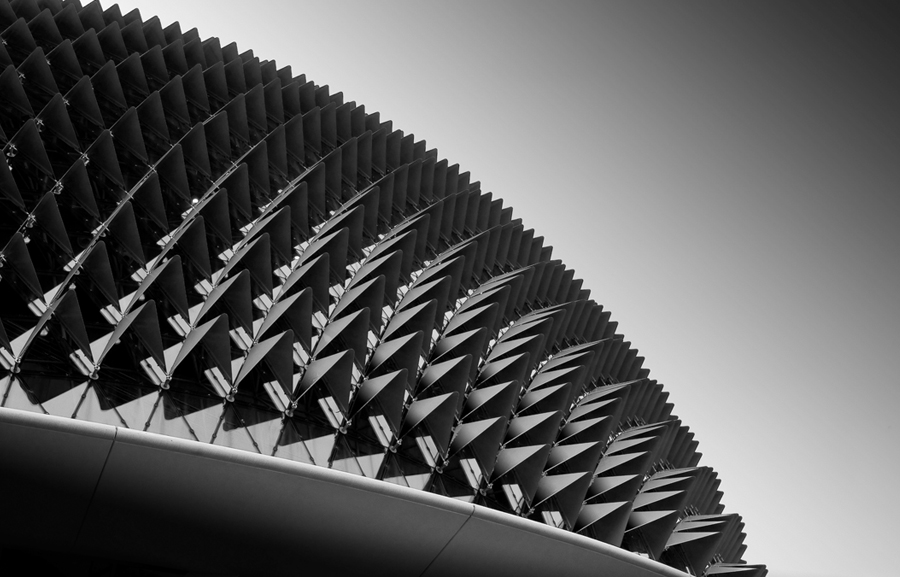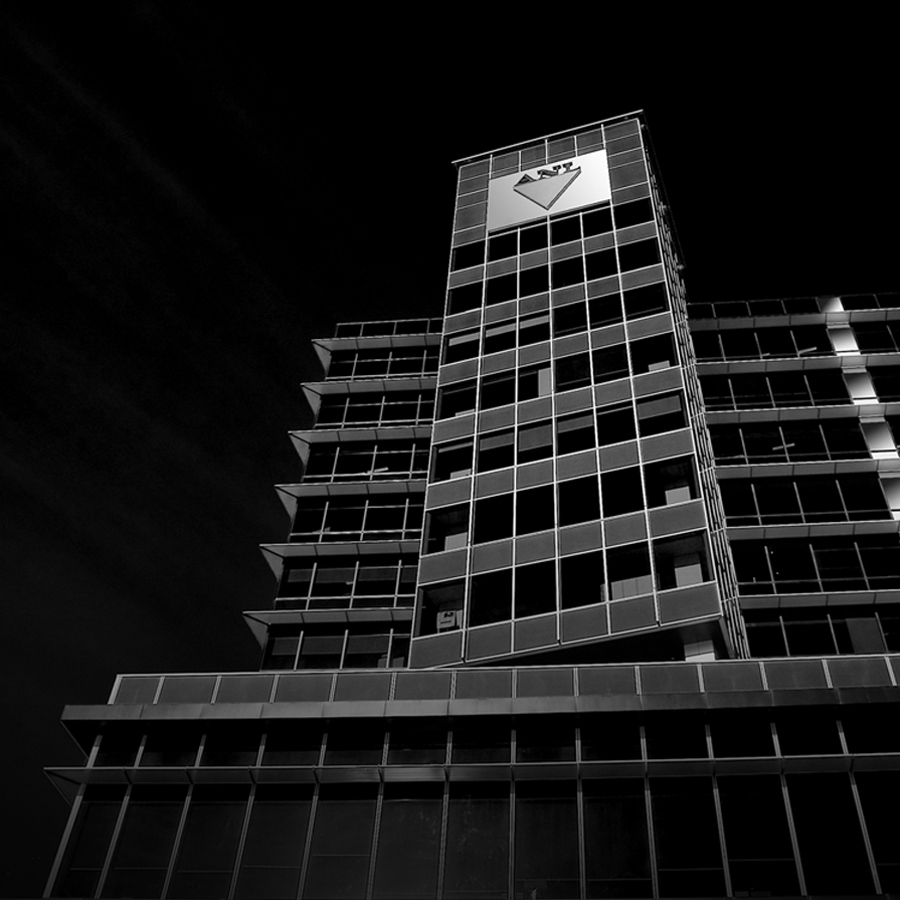I started being serious about photography in 2008. Back then, I was still searching for a genre that I would be interested in; portraits, landscape, macro etc.
Ultimately, it was black and white long exposure photography that inspired me the most. Since 2012, I was immersing myself in black and white fine art photography: landscape, waterscape and architecture. My most current works revolve around the areas of architecture.I would like to give a sense of my workflow and how I achieve my final results. To me, fine art photography is expressing my vision of what I felt when I see a particular subject or moment, and expressing it to the viewers. Vision is key. Without vision, the picture is just another picture; it’s like a human being without a purpose. Take for example my photo entitled “Towering Above – Metallic Beacon”, when I first saw the tower, it was clear to me what I wanted to achieve in my final result. If I didn’t have a vision, the photo might have turned out differently, in worse cases, a frivolous photo.
Black and White format works the best because it strips away the unwanted visual noise that would otherwise distract the viewer. Visual noise could be colors or unwanted elements in the background or foreground. In the absence of colors, it also meant that I have to pay more attention to the light and shadows in my photos. It also trains me to pay attention to a subject’s details, e.g. the structure of a building, the lines of a bridge. In the case of waterscape, I use long exposure techniques to create a sense of peace and surrealism. As the waters are smoothed out using long exposure, it helps to reduce distraction as well as to create a moment of time being frozen.
When I see a subject of interest, take for example a building, I will study it and form a vision of the end results. I ask myself questions like, “What is it that I want the audience to see,” “what’s the best angle and composition to convey this vision?” Most of the time, I will snap a few pictures of the subject with my phone for references, shots of the subject at different angles and composition. With the pictures ready, I can start to think mentally how I am going to edit this photo to best bring out my vision. Besides aiming to achieve my vision in post-processing, I also make it an effort to create a contrast between the main subject and the rest of the photo. I use gradient masking along with dodging and burning to reduce the visual noise. Doing this allows the main subject to stand out in its glory, drawing the viewers’ eyes to it.
My main source of inspiration comes from Joel Tjintjelaar, Sharon Tenenbaum, and Julia Anna Gospodarou. All three of them are award winning fine art photographers and are exceptionally good at black and white long exposure photography. It’s good to have vision, but it’s also encouraging when you observe the photos from other artists; they help to broaden your horizons and perspective. Of course, they challenge you to push the boundaries of your photography and to step out of your comfort zone.
In addition to architecture and waterscape, I am thinking of joining a friend to explore pre-wedding photography with light painting and long exposure techniques. It’s something that I haven’t done before, but it should be a new direction to explore and hopefully it works out. [Official Website]



